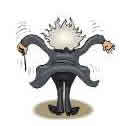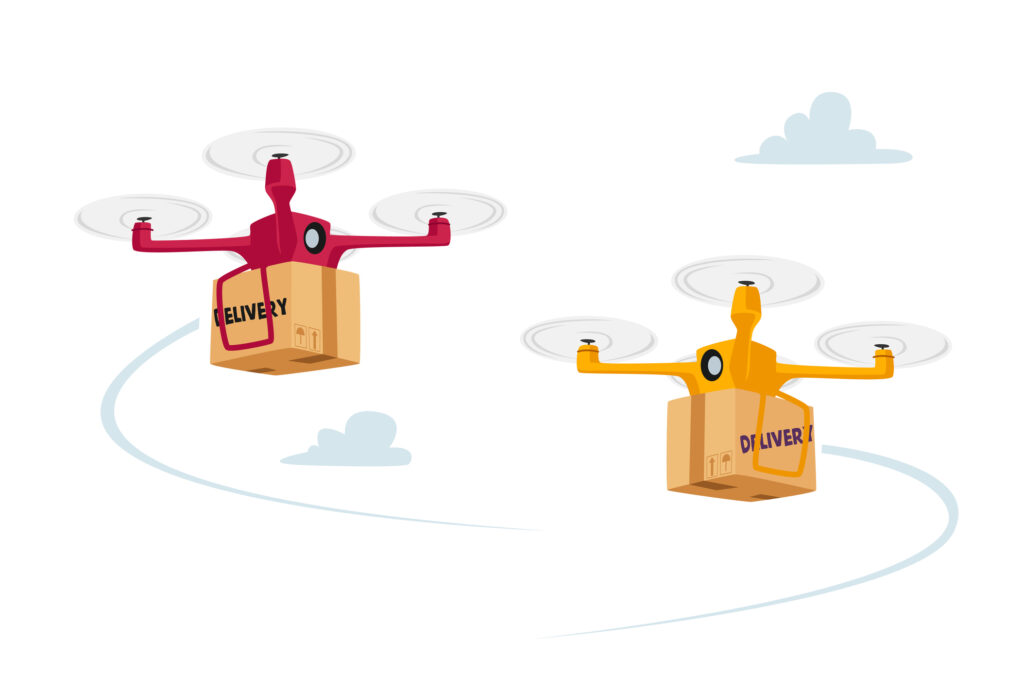
Content Partner
Grades 3-5

Don't have an account yet? Sign up for free
Don't have an account yet? Sign up for free


The city of Philadelphia, Pennsylvania recently opened a $300 million dollar center for the performing arts, the Kimmel Center. This lesson was developed for a special teacher workshop to incorporate economics and the arts to teach kids about Productive Resources. The lesson illustrates the many kinds of goods and services that must come together so that the show can go on!

When you go to a movie or see a theater show, have you ever wondered about the variety of jobs and skills people must have to make the performance a reality? What about the variety of material objects that are necessary for the "show to go on?"
Recently, the city of Philadelphia, Pennsylvania opened a $300 million dollar center for the performing arts, https://www.kimmelcenter.org/. For this lesson you are going to take a virtual tour of the new center and then think about all the productive resources that must come together to create the magic you experience enjoying the performing arts.

Note:
Answers to Student Handout 1 – Human Resources: ticket sellers, sound technicians, stage hands, the conductor, song writers, ushers, carpenters, costume designers, cleaning crew, musicians, choreographer, lighting technicians, set designers, singers.
Answers to Student Handout 2 – Capital Resources: music/songs, microphones, silk worms (students might include silk worms as a capital resource), sound system, heating system, costumes, seats, conductor's baton, curtains, drums, lights, carpets, violins, flutes, air conditioners, lumber.
Answers to Student Handout 3 – Natural Resources: wood, silk worms, land, stone, ore, silver, water, sand to make glass, crude oil, air.
Explore the World Wide Web to find performing arts centers in your community and/or state. Write a three paragraph summary on one of the performing arts centers that you find. In your essay please include; upcoming events, ticket prices, and identify examples of human, natural, and capital resources necessary to produce the upcoming events.
Place students in groups to list the human, capital, and natural resources necessary to produce each of the following:

Content Partner
Grades 3-5

Grades K-2, 3-5

Grades K-2, 3-5

Grades K-2
